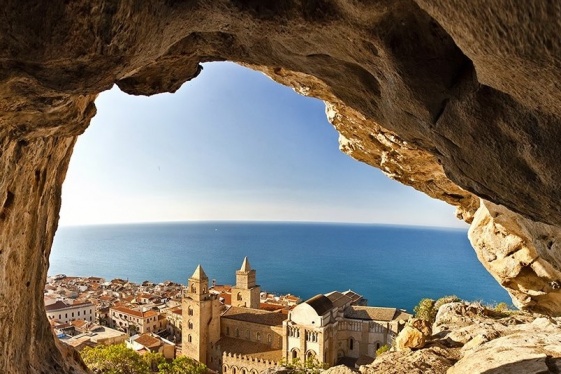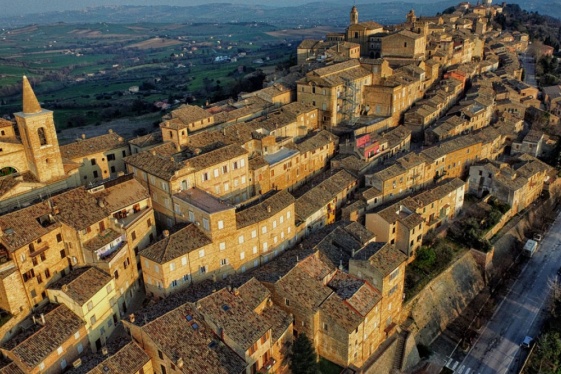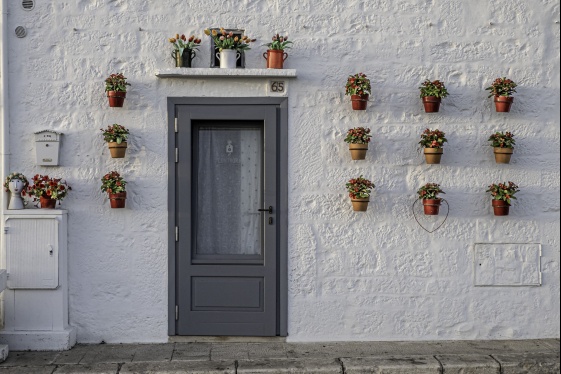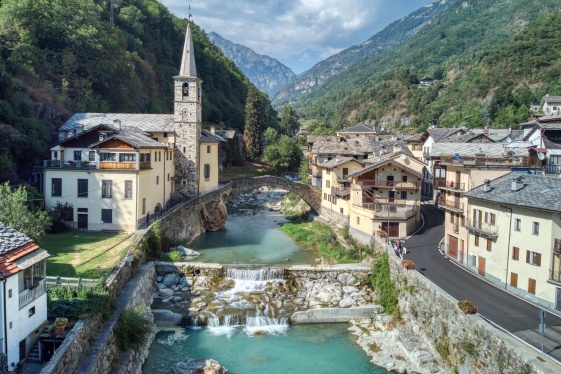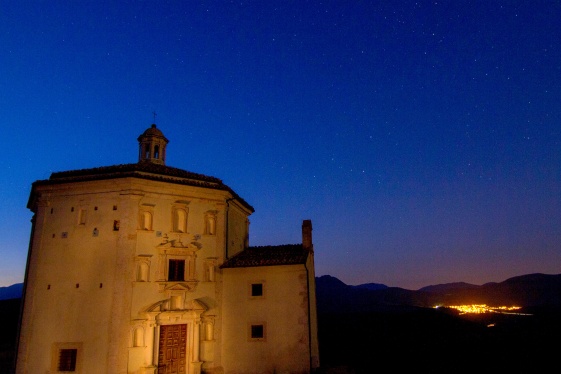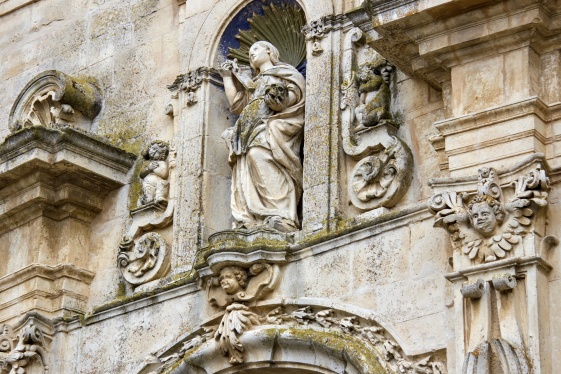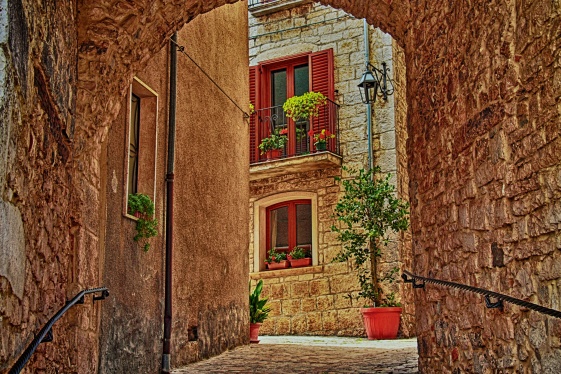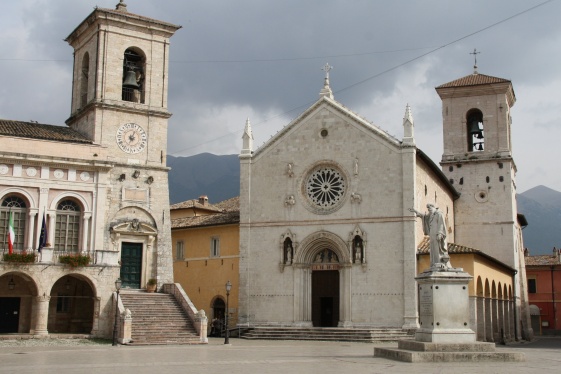Italian little Italies: Cefalù, Land of Myths
The cathedral is still the hub around which the entire old town of Cefalù revolves, placed in a fascinating setting between the vast horizon of the sea and the broad mountain rising above it. The Rock towering over the city, called the "promontory of Hercules" by the Phoenicians, is a limestone hill 270 m high, from the summit of which there is a s...
READ MOREItalian little Italies: Fagagna, Country of Storks
The Fagagna village is actually made up of seven ancient and separate suburbs that construction development put together in a single urban centre over the last decades, extending spaces of the countryside to new buildings. Like other areas in the north-east, here progress made its mark on ancient rural physiognomy as well: modern roof tiles, alumin...
READ MOREItalian little Italies: Treia, name of the earth
Dolores Prato wrote: "Treia shattered its history, the splinters sounded of broken echoes... the biggest pieces were used as building material, they also built the steps that climb up to the bell tower of the Cathedral". Twenty five centuries of history have left their indelible traces. The city of Treia with its thirteenth-century walls, Lombard t...
READ MOREItalian little Italies: Locorotondo, circular splendor
The name derives from the old latin word Locus Rotundus, rounded place. Already at the beginning of the 13th century, it was placed on a hill peak surrounded by a walled ring, the village assumed the circular shape that gave it its name, which also appeared in various documents in the following centuries. Locorotondo is the most beautiful balcony i...
READ MOREItalian little Italies: Fontainemore, Alpine village
The parish church of Sant’Antonio Abate (St. Anthony Abbot), built in 1494 by head master Antonio Goyet, has several interesting artistic, historical and architectural features, including the chancel with round apse dating from the 15th century, the ribbed vault with stone ribs covered with lime and a rose window in the center bearing the Vallaise...
READ MOREItalian little Italies: Castel del Monte, Shepherd’s Capital
Hanging between the peaks of Gran Sasso and Tirino Valley, a miracle of stone takes its form right before our eyes: it is Castel del Monte, represented by a big bell tower. Here, the time of memory is sweeter then elsewhere and it materializes itself immediately after entering the village in admirable pieces of popular architecture such as old port...
READ MOREItalian little Italies: Buccheri, Wellness Oasis of the Iblei
On Colle Terreo the remains of the Norman castle can be visited, of which some important evidence remains today. Not far away, among the elements of religious architecture, is the S. Antonio Abate Church, which dominates the town from the top of a scenic flight of steps (built in 1911); inside the church interesting paintings by G. Borremans from 1...
READ MOREItalian little Italies: Brisighella, In the Hills Amid Fog and Broom
The village of Brisighella is set against a chalky hill dominated by three selenite cliffs, upon which the Fortress, the Clock Tower, and the Sanctuary of Monticino stand. On the other side it was defended by two concentric lines of walls which can still be seen in the buildings which have incorporated them. Inside the historic quarter, the mediev...
READ MOREItalian little Italies: Oratino, The loner of Sannio
The talented local craftsmen of Oratino could express their art mainly thanks to the patronage of the Dukes Giordano (VI-VII century). Portals, balconies, balustrades of the aristocratic houses, as well as the interior of the churches represent the noble work by blacksmiths, stonemasons, gilders, glaziers and painters. A historian described Oratino...
READ MOREItalian little Italies: Norcia, The Sacred and the Profane
The historic core of Norcia is enclosed by 13th-century walls which form a unique heart shape. Along the perimeter the eight ancient village gates can be seen, which have preserved the names and characteristics of the past, together with the medieval towers. Entering from the Roman Gate and walking along the 19th-century Corso Sertorio, the visito...
READ MORE


